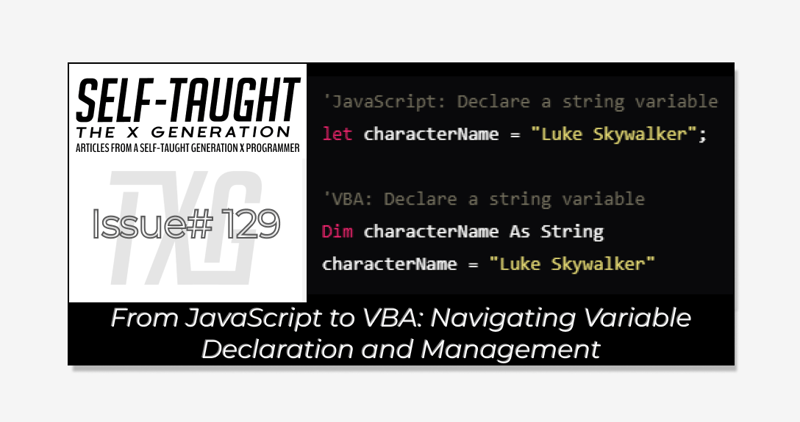Why is C Language Considered More Understandable and Reliable?
According to technical literature analysis, C language is regarded as more understandable and reliable due to the following key technical characteristics: Concise Syntax System C adopts a natural language-like syntax with only 32 keywords and clear grammatical rules. This design lowers the learning curve, enabling programmers to grasp core concepts quickly. Its code organization aligns with human logical thinking, encapsulating functionalities through modular functions and minimizing coupling between code blocks, significantly enhancing readability. Structured Programming Paradigm C enforces top-down modular design, requiring programs to be decomposed into independent functions and code blocks. This hierarchical structure clarifies program logic, reduces unintended interactions between code segments, and mitigates error propagation risks. For instance, while pointer operations demand caution, explicit memory management rules enable precise control. Efficient Compilation and Execution C compilers generate highly optimized machine code with execution speeds approaching assembly language. Its compact code size (e.g., binaries are often smaller than C++) reduces memory overhead, making it ideal for resource-constrained embedded systems. This efficiency ensures stability in critical systems like OS kernels. Balanced Low-Level Control and Portability C provides direct hardware access through pointers and bitwise operations while achieving cross-platform portability via standardized data types and library functions. For example, 90% of UNIX system code is written in C and can migrate seamlessly across architectures. This "hardware-aware but not hardware-bound" nature makes it the gold standard for system-level development. Proven Engineering Practices With over 50 years of industrial validation, C has established robust development paradigms. Many foundational algorithms (e.g., quicksort) were first implemented in C, and their code has been iteratively optimized and verified, earning widespread reliability recognition. A global developer community continues to provide high-quality library support, further solidifying its stability.

According to technical literature analysis, C language is regarded as more understandable and reliable due to the following key technical characteristics:
Concise Syntax System
C adopts a natural language-like syntax with only 32 keywords and clear grammatical rules. This design lowers the learning curve, enabling programmers to grasp core concepts quickly. Its code organization aligns with human logical thinking, encapsulating functionalities through modular functions and minimizing coupling between code blocks, significantly enhancing readability.
Structured Programming Paradigm
C enforces top-down modular design, requiring programs to be decomposed into independent functions and code blocks. This hierarchical structure clarifies program logic, reduces unintended interactions between code segments, and mitigates error propagation risks. For instance, while pointer operations demand caution, explicit memory management rules enable precise control.
Efficient Compilation and Execution
C compilers generate highly optimized machine code with execution speeds approaching assembly language. Its compact code size (e.g., binaries are often smaller than C++) reduces memory overhead, making it ideal for resource-constrained embedded systems. This efficiency ensures stability in critical systems like OS kernels.
Balanced Low-Level Control and Portability
C provides direct hardware access through pointers and bitwise operations while achieving cross-platform portability via standardized data types and library functions. For example, 90% of UNIX system code is written in C and can migrate seamlessly across architectures. This "hardware-aware but not hardware-bound" nature makes it the gold standard for system-level development.
Proven Engineering Practices
With over 50 years of industrial validation, C has established robust development paradigms. Many foundational algorithms (e.g., quicksort) were first implemented in C, and their code has been iteratively optimized and verified, earning widespread reliability recognition. A global developer community continues to provide high-quality library support, further solidifying its stability.











































































































































































![[The AI Show Episode 142]: ChatGPT’s New Image Generator, Studio Ghibli Craze and Backlash, Gemini 2.5, OpenAI Academy, 4o Updates, Vibe Marketing & xAI Acquires X](https://www.marketingaiinstitute.com/hubfs/ep%20142%20cover.png)




























































































































![[DEALS] The Premium Learn to Code Certification Bundle (97% off) & Other Deals Up To 98% Off – Offers End Soon!](https://www.javacodegeeks.com/wp-content/uploads/2012/12/jcg-logo.jpg)


![From drop-out to software architect with Jason Lengstorf [Podcast #167]](https://cdn.hashnode.com/res/hashnode/image/upload/v1743796461357/f3d19cd7-e6f5-4d7c-8bfc-eb974bc8da68.png?#)








































































































.png?#)

































_Christophe_Coat_Alamy.jpg?#)
 (1).webp?#)





































































































![Apple Considers Delaying Smart Home Hub Until 2026 [Gurman]](https://www.iclarified.com/images/news/96946/96946/96946-640.jpg)
![iPhone 17 Pro Won't Feature Two-Toned Back [Gurman]](https://www.iclarified.com/images/news/96944/96944/96944-640.jpg)
![Tariffs Threaten Apple's $999 iPhone Price Point in the U.S. [Gurman]](https://www.iclarified.com/images/news/96943/96943/96943-640.jpg)




































































































































